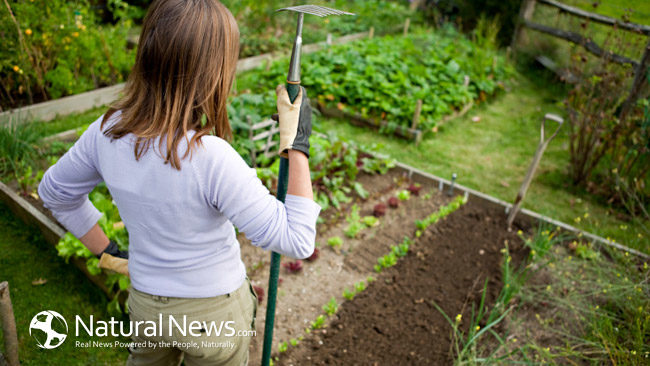As spring gets closer families are beginning gardening projects that not only bring them together but also provide nutritional balance. Such gardens include vegetables that complement one another also known as companion gardening.
As of late indoor gardens, small gardens, and backyard gardens have become increasingly popular amongst families. Small children as well as parents enjoy gardening with one another and learn beneficial life lessons such as patience and discipline that help contribute to the modesty of their daily lives. As family gardens become more popular so do the vegetables that are planted within them. Because space is limited families are searching for the most beneficial forms of planting that provide an overall nutritional balance. To counter the issue of limited space an ancient form of planting has resurfaced known as companion planting. A variety of vegetables that can grow within the same garden and share the same earth are known as companion plants. Some of these companion plants include vegetables such as beans, corn, and squash; also known as the ‘The Three Sisters.’
To begin to planting process of the three sisters the time of the year (unless attempting the three sisters indoors) must fall between mid April and mid May. Firstly the corn must be planted in rows to ensure adequate growth, pollination, and a decent harvest. Once the corn stalks are roughly 4 inches tall than it is time to plant the beans and squash. Corn is a great vegetable to integrate into the three sisters because it creates a great climbing post for the beans. Pole beans are of the most popular beans to plant alongside the three sisters. The beans are an important attribute to the three sisters because they gather nitrogen from the air and transfer it to the soil providing enough nitrogen to the heavier feeders’ corn and squash. Also, the beans help solidify the corn stalks making them less vulnerable to wind. Squash acts as a mulch, retains moisture, prevents sunlight from drying out the soil, limits the amount of weed growth, and can even deter predators that could possibly scavenge through the garden.
Nutritionally speaking the three sisters provides a sustainable and healthy meal. The corn provides the body with carbohydrates as well as various amino acids as well as the beans provide the body with additional amino acids, vitamins B2 and B6, potassium, and of course dietary fibers. Squash provides vitamin A thus complementing one another for a well balanced diet. Various types of squash can be alternated amongst the other vegetables within the three sisters such as winter squash, summer squash, butternut squash, and even pumpkin.
The three sisters is a great companion garden that can be started and maintained fairly easily amongst members of the family. Gardening in itself brings the family together and teaches basic disciplines as previously mentioned. As well as the end result (the harvest) will bring the family together in many more ways than just to enjoy a tasty, nutritional and delicious meal.
Sources:
“Companion Plants: The Three Sisters.” By Kathy Fairchild
http://www.theinnovationdiaries.com/806/companion-plants-the-three-sisters/
“Three Sisters: Why Have One When You Can Have All Three?” By Ziga
http://www.permablogger.net/three-sisters/
“Varieties and Types of Squash.” By James Clausen
http://suite101.com/article/varieties-and-types-of-squash-a137586





